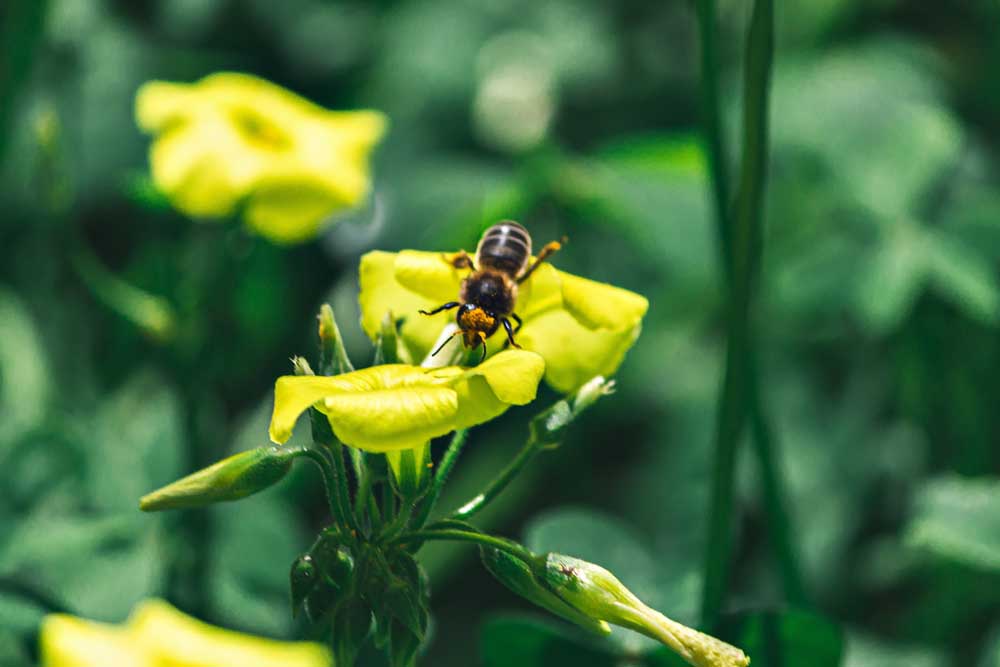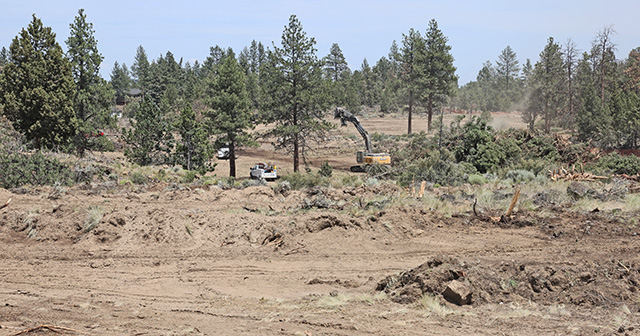Guest Column: Endangered species and the value of insects
Published 9:00 pm Tuesday, November 7, 2023

- insects
As a scientist, I applaud the High Desert Museum for its educational exhibition, Endangered in the High Desert, which focuses on the 50th anniversary of the Endangered Species Act. Since I first saw a large wild wolf in northern Minnesota 73 years ago I have enjoyed learning about their behavior.
Worldwide, the International Union for Conservation of Nature lists 1,085 amphibians, 424 mammals, 460 birds and 343 insects as endangered, with 1,702 other insects on a finals “wait list.” As of 2020, 70 plus species of pollinators (mostly insects) in the U.S. were listed as endangered or threatened.
In citing habitat loss as a major cause of species declines High Desert Museum employee, Hayley Brazier, noted that loss of sagebrush near the museum could reduce populations of “small animals.” In fact, scientific studies have recorded 250 vertebrates (birds, mammals, reptiles, etc.) that live in sagebrush ecosystems; by contrast about 1,000 species of insects (also animals) have been found on sagebrush plants — and at least another 1,000 species of insect parasites (lice, fleas, bot flies, etc.) live on sagebrush animals and birds.
These figures represent the typical biodiversity dominance of insects in all ecological systems.
Wherever we look, insects are the most dominant wildlife on Earth, comprising about 75% of all animal species (2 million insects versus only about 11,000 birds, 5,500 mammals and 8,700 amphibians). In fact, there are far more species of beetles (350,000), moths & butterflies (180,000), flies (160,000) and bees, wasps, and ants (150,000) than all vertebrate species combined.
So, given the extent to which insects dominate “Nature”, as an entomologist (one who studies insects) I have long wondered why community educational institutions like museums and conservation/environmental organizations that sponsor programs like Nature Pubs and Nature Nights, etc. rarely feature a program about insects — or, when they have, it has been about a species that provides minimal ecosystem services. The Deschutes Public Library has a good collection of insect (bugs) books for children and adults, but as insect species are about 150 times as abundant as all bird and mammal species combined, the library should acquire additional adult books such as: “”What Good Are Bugs?” “The Birders Bug Book” and other similar books written expressly for the general public.
Also, to inform the community about its collection of insect books the library could organize a yearly spring display of such books.
So, what good are insects? Well, they pollinate 75% of all flowering plants, including most agricultural “foods” consumed by humans, as well as crops fed to livestock. What other wildlife provides humans with products like coffee, tea, honey, chocolate, fruits, vegetables, spices, silk, cotton, linen, dyes, rubber products, shellac and more? The domesticated honey bee by itself enables the production of some 90 commercially grown crops. Next, 65% of all bird species feed only, or primarily, on three insects and most of the other 40% feed commonly on insects. More dramatically, many species of bats, frogs, toads, and freshwater fish feed only on insects. Many species of reptiles and mammals (including humans) also commonly consume insects.
Other significant ecosystem services provided by insects include: 1) biological control (use of beneficial predacious and parasitoid insects to kill 100’s of destructive species of insects that damage crops); 2) soil aeration, fertilization and water distribution by fly and beetle larvae that feed on and recycle dead vegetation, animals and their dung; 3) decomposition of millions of aerially-dispersed insects dropping onto alpine snowfields during winter, which later fertilize and contribute to the soil structure of alpine meadows when snow melts.
As most insect habitats in Bend have been replaced by the proliferation of asphalt, concrete and pesticide-treated lawns, this seems like an opportune time to remind residents of the valuable contributions insect wildlife species make in maintaining the natural processes and forces of nature.
Do you have a point you’d like to make or an issue you feel strongly about? Submit a letter to the editor or a guest column.







